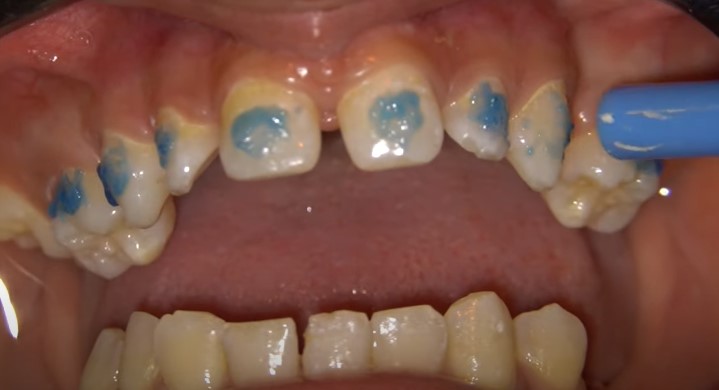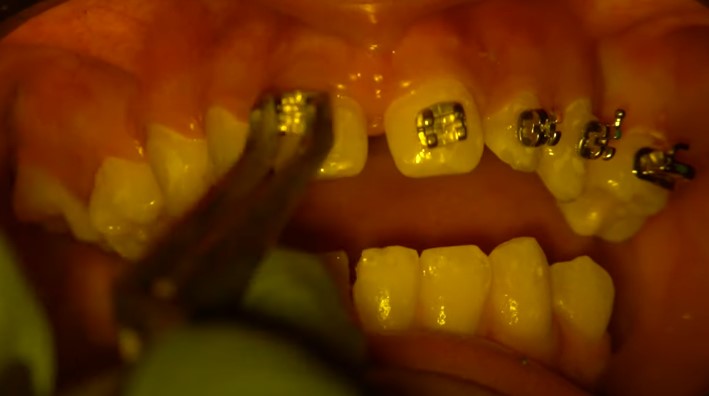Orthodontic treatment plays a crucial role in achieving a healthy and confident smile. However, circumstances may arise where individuals need to change orthodontists during the course of their treatment.
Whether it’s due to a relocation, dissatisfaction with the current provider, or a change in insurance coverage, knowing the financial implications of transitioning to a new orthodontist is essential. Here, we explore the costs of changing orthodontists so you can make informed decisions on orthodontic care.
How Much Does It Cost to Change an Orthodontist?
The cost of changing orthodontists can range from approximately $2,500 or more. This price range typically includes fees for transferring records, initial consultations, and creating a new treatment plan.
However, the actual cost may vary based on factors such as geographic location, the complexity of your case, and any additional procedures needed. It is recommended to contact your current and prospective orthodontists for specific pricing details.
What is an Orthodontist?
As specialized dental professionals, orthodontists diagnose, prevent, and treat dental and facial irregularities. They primarily work to correct misaligned teeth, improper jaw positioning, and bite issues through the use of various orthodontic treatments.

Orthodontists have more years of education and training under their belt, which is usually after completing dental school. This enables them to provide specialized care and expertise in the field of orthodontics.
Why It Will Cost You More to Change an Orthodontist?
Changing orthodontists during your treatment can come with additional costs. Understanding the reasons behind these expenses can help you make an informed decision. Below are the factors that contribute to the increased cost of changing orthodontists.
Records Transfer and Analysis
When switching orthodontists, your new practitioner will require access to your existing dental records, including X-rays, models, and treatment history. Transferring these records often incurs a fee as it involves administrative work, duplication, and sometimes shipping costs.
Additionally, the new orthodontist will need to review and analyze these records to understand your case thoroughly. This process requires time and expertise, which may result in additional charges.
Initial Consultations and Examinations
A change in orthodontists typically involves an initial consultation with the new practitioner. This consultation is crucial for them to assess your progress, evaluate your orthodontic needs, and develop a new treatment plan.

These consultations often involve a thorough examination, including X-rays and clinical assessments. As consultations are considered professional services, they can come with a separate cost.
Development of a New Treatment Plan
Each orthodontist has their treatment philosophy and techniques. When switching orthodontists, the new practitioner will need to develop a new treatment plan tailored to your specific needs.
This process involves careful analysis, designing a revised approach, and determining the duration and complexity of the treatment. Developing a new treatment plan requires time and expertise, which may result in additional charges.
Additional Procedures and Appliances
Depending on the stage of your orthodontic treatment, switching orthodontists may require additional procedures or appliances.

For example, if you were using a specific type of orthodontic appliance that is not compatible with the new orthodontist’s approach, they may recommend a different appliance or treatment modality.
These additional procedures or changes in appliances can result in increased costs, as they may involve extra materials, lab work, and professional services [1].
Time and Effort Invested
Orthodontic treatment is a process that requires significant time and effort on the part of both the orthodontist and the patient. When changing orthodontists, the new practitioner will need to invest time and effort into understanding your case, evaluating your progress, and ensuring a smooth transition.
This dedication to personalized care and attention contributes to the overall cost of changing orthodontists.
Conclusion
Changing orthodontists may come with additional costs due to factors such as records transfer, consultations, development of a new treatment plan, additional procedures, and the time and effort invested.
By understanding these potential expenses, you can make an informed decision while prioritizing the quality of care and long-term benefits of your orthodontic journey.

